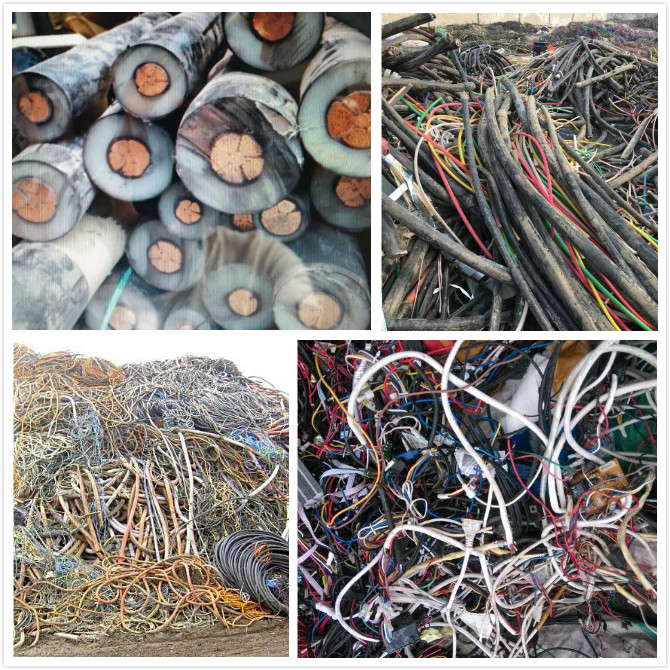

Rgs . 14, 2024 13:45 Back to list
How to Recycle Circuit Boards A Guide to Responsible E-Waste Management
In today’s tech-driven world, electronic devices are ubiquitous, leading to a significant amount of electronic waste, or e-waste. Among the most challenging components to recycle are circuit boards, found in almost all electronic devices. Recycling circuit boards is crucial not only for environmental sustainability but also for recovering precious metals and materials. Here’s a comprehensive guide on how to recycle circuit boards responsibly.
1. Understanding Circuit Boards
Circuit boards are integral to the functionality of electronic devices. They contain a variety of materials, including copper, gold, silver, and other metals, as well as plastics and glass. This complexity makes them valuable but also difficult to recycle, as improper disposal can lead to environmental harm.
2. Preparing for Recycling
Before recycling circuit boards, it’s important to prepare them properly. Start by removing any non-circuit board components from your electronic devices, such as batteries, wires, and casings. These materials may need to be recycled separately. Ensure that the circuit boards are free from hazardous substances, as many electronic components contain toxic materials like lead and mercury.
3. Finding a Recycling Facility

Not all recycling centers accept circuit boards, so it’s vital to locate a facility that specializes in e-waste recycling. Check for local facilities or authorized e-waste collection events. Many electronics retailers also offer recycling programs. Always choose a reputable recycler that complies with environmental regulations and practices responsible recycling methods.
4. E-Waste Recycling Services
Consider utilizing services specifically designed for e-waste. Several companies focus exclusively on the recycling of electronics and circuit boards. These organizations often have the technology and expertise necessary to safely extract valuable materials while minimizing environmental impact.
5. DIY Methods for Hobbyists
For those interested in electronics as a hobby, there are DIY methods to recycle circuit boards. These typically involve salvaging components for reuse in projects. However, it’s crucial to handle these components safely, as they can pose risks if mishandled.
Conclusion
Recycling circuit boards is an essential aspect of reducing e-waste and conserving resources. By educating ourselves on proper disposal methods and supporting responsible recycling facilities, we can contribute to a more sustainable future. As technology continues to evolve, our commitment to managing e-waste effectively will play a vital role in protecting the environment and preserving valuable materials for future generations.
Latest news
Troubleshooting Common Eddy Separator Problems
NewsJul.04,2025
The Role of Metal Recycling Plants in Circular Economy
NewsJul.04,2025
The Impact of Recycling Line Pickers on Waste Management Costs
NewsJul.04,2025
Safety Features Every Metal Shredder Should Have
NewsJul.04,2025
How Industrial Shredders Improve Waste Management Systems
NewsJul.04,2025
How Cable Granulators Contribute to Sustainable Recycling
NewsJul.04,2025